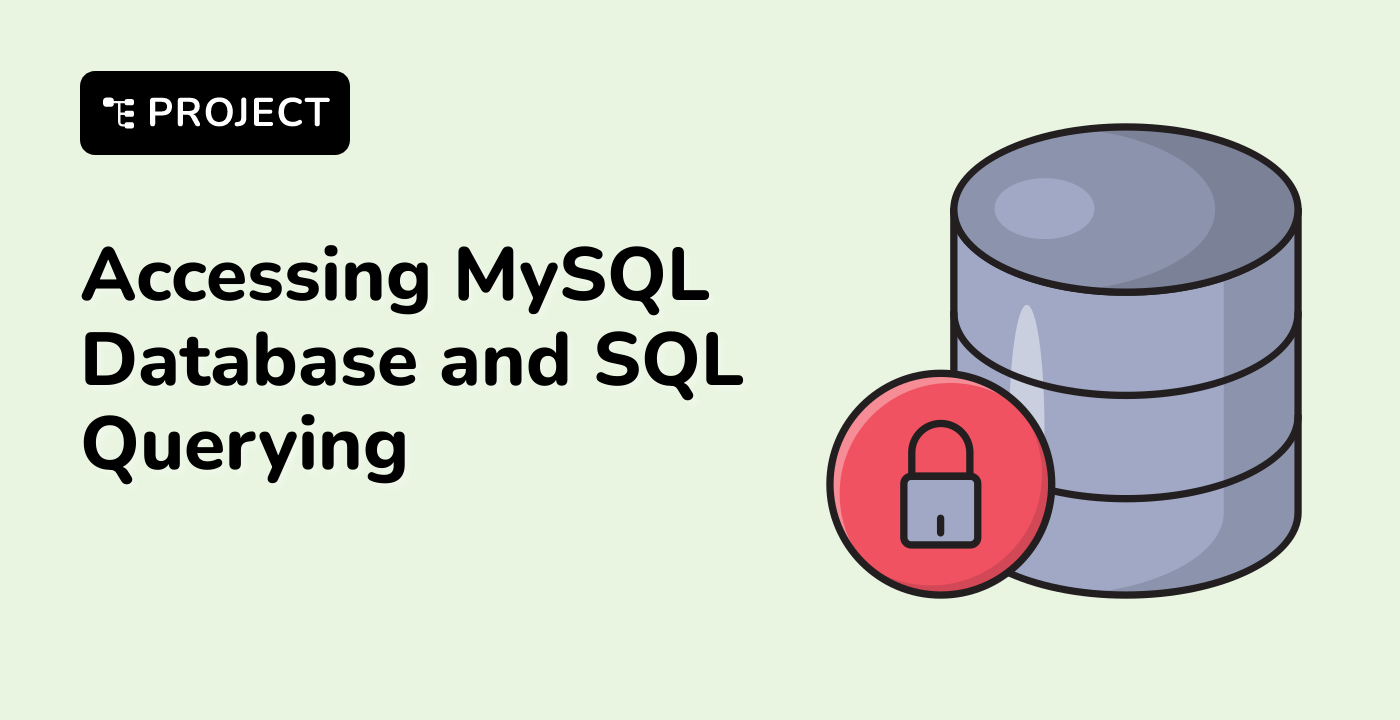Initialization Steps
Database Creation Workflow
graph TD
A[Connect to MySQL] --> B[Create Database]
B --> C[Select Database]
C --> D[Create Tables]
D --> E[Define Columns]
E --> F[Set Constraints]
Step 1: MySQL Connection
Login to MySQL
mysql -u yourusername -p
Step 2: Database Creation
Create New Database
CREATE DATABASE labex_database;
USE labex_database;
Step 3: Table Design
Define Table Structure
CREATE TABLE users (
id INT AUTO_INCREMENT PRIMARY KEY,
username VARCHAR(50) NOT NULL,
email VARCHAR(100) UNIQUE,
created_at TIMESTAMP DEFAULT CURRENT_TIMESTAMP
);
Table Design Considerations
| Attribute |
Description |
Best Practice |
| PRIMARY KEY |
Unique identifier |
Always include |
| NOT NULL |
Prevents empty values |
Use strategically |
| UNIQUE |
Prevents duplicate entries |
Apply to critical fields |
| DEFAULT |
Sets automatic values |
Useful for timestamps |
Data Type Selection
Common MySQL Data Types
INT: Whole numbersVARCHAR: Variable-length stringsDATETIME: Date and timeDECIMAL: Precise numeric values
Constraint Management
Adding Table Constraints
ALTER TABLE users
ADD CONSTRAINT check_username_length
CHECK (LENGTH(username) >= 3);
Data Insertion
Insert Sample Records
INSERT INTO users (username, email) VALUES
('labex_user', '[email protected]'),
('admin', '[email protected]');
Verification Methods
Check Database Status
SHOW DATABASES;
DESCRIBE users;
SELECT * FROM users;
Advanced Initialization Techniques
Create Multiple Tables
CREATE TABLE profiles (
user_id INT,
full_name VARCHAR(100),
FOREIGN KEY (user_id) REFERENCES users(id)
);
Best Practices
- Plan database schema carefully
- Use meaningful table and column names
- Implement appropriate constraints
- Normalize database design
- Consider future scalability
LabEx recommends systematic approach to database initialization for robust and efficient data management.




